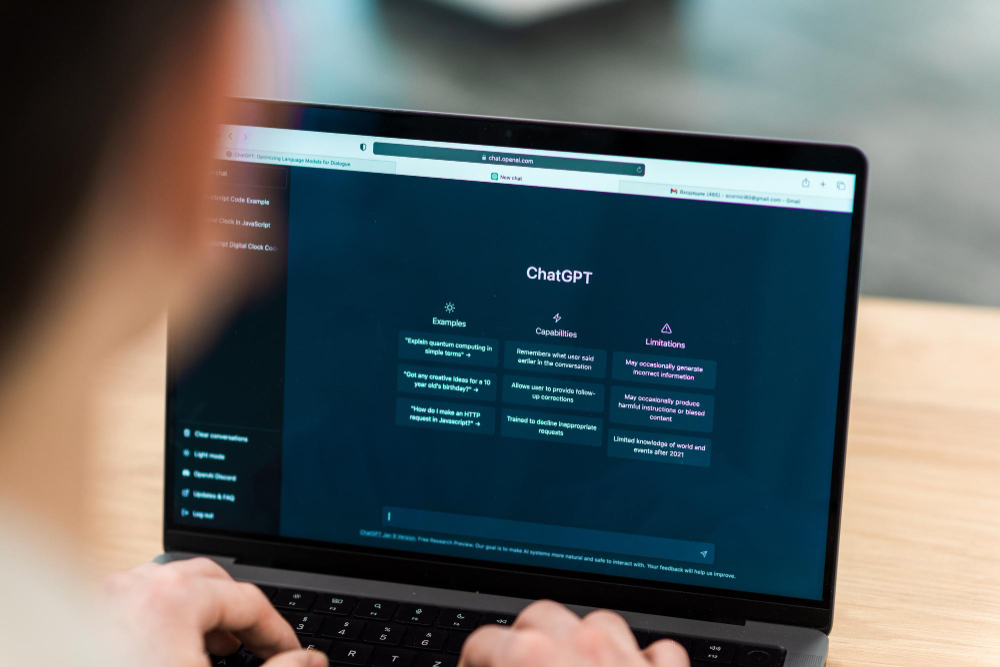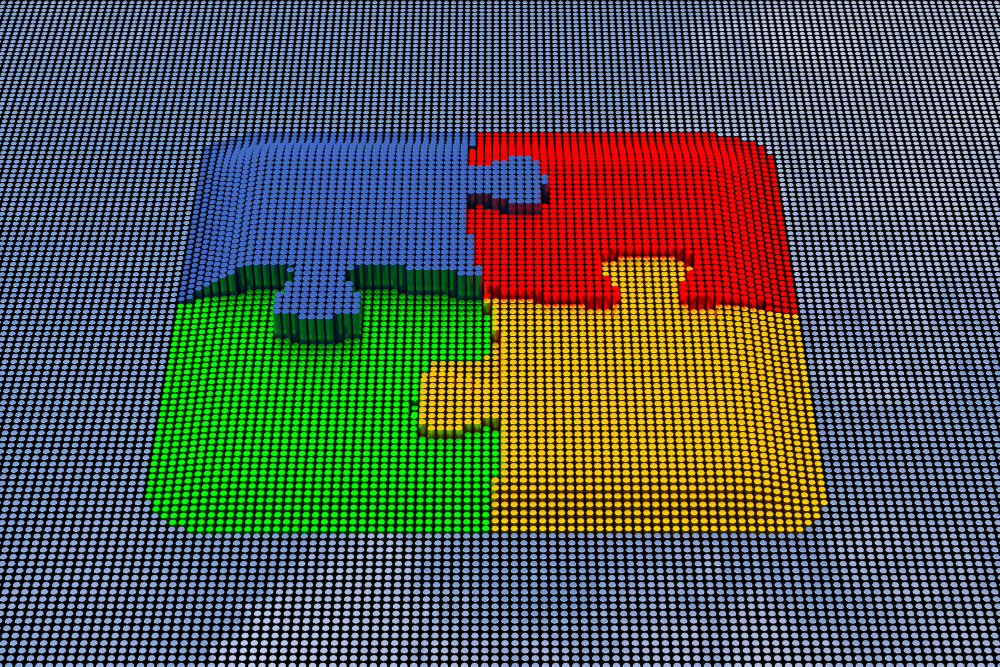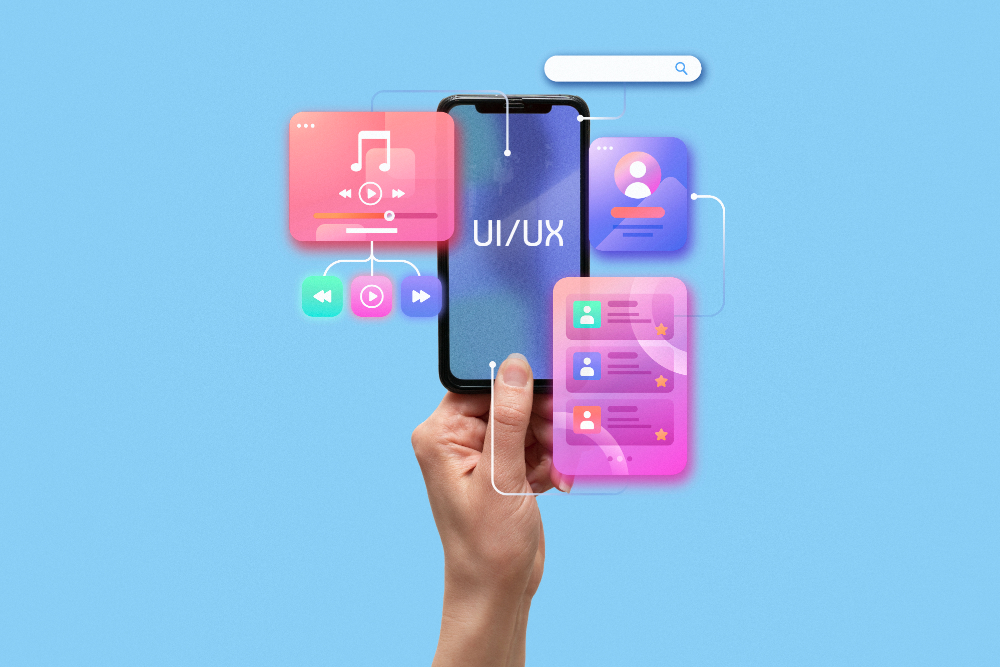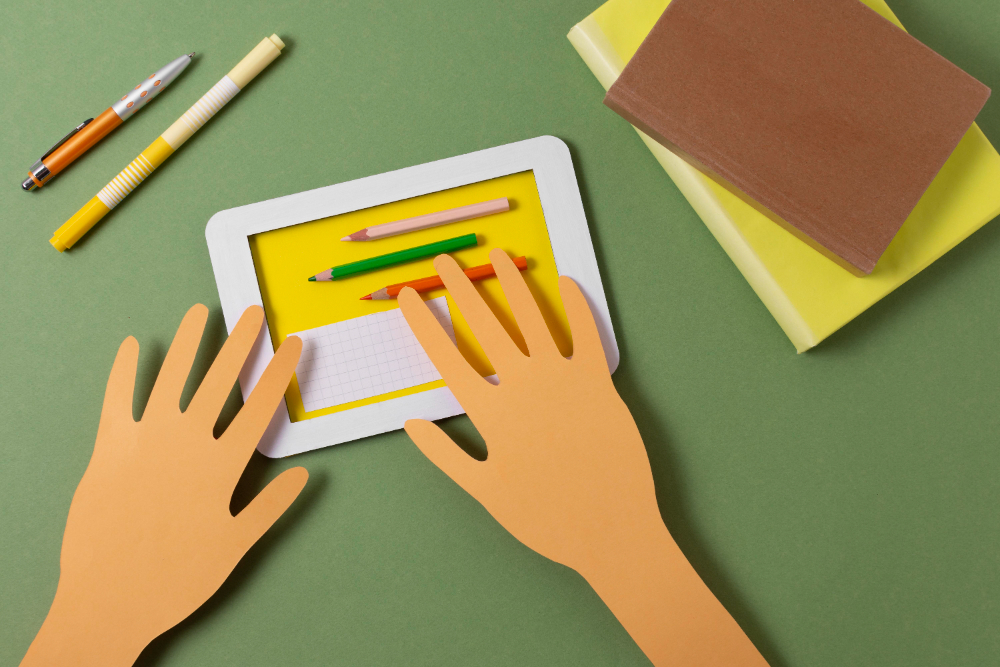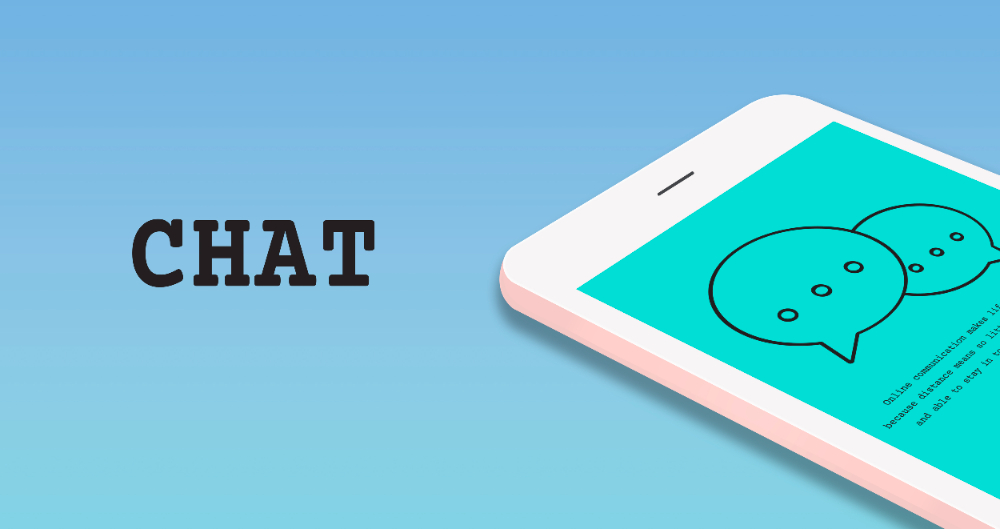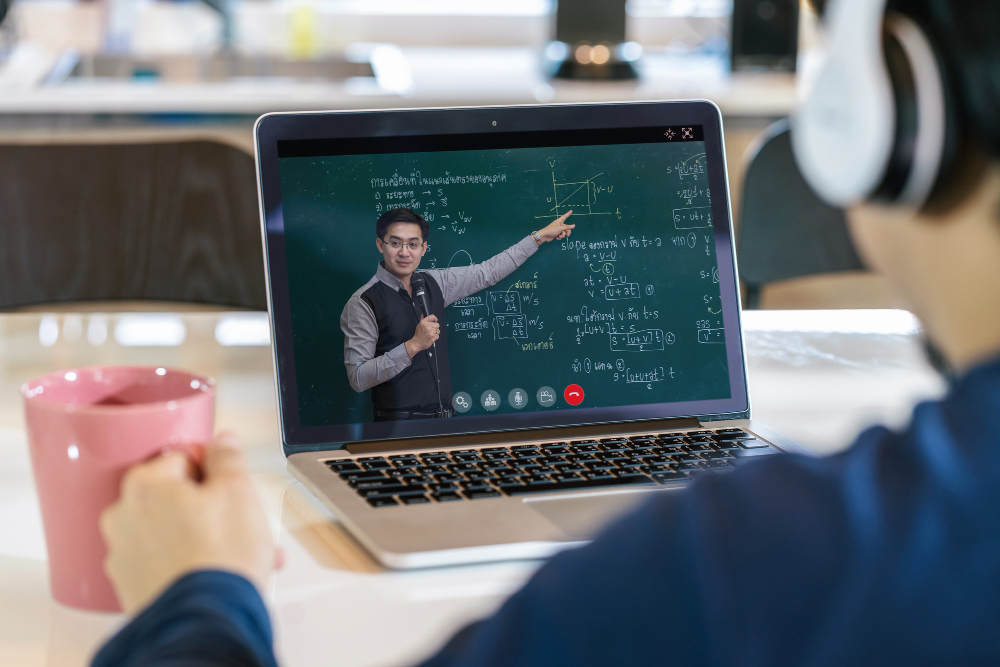Table of Contents
Different studies have found that student engagement is the most crucial aspect of academic achievement. As a teacher, you have to make sure that students are taking an interest in the learning and grasping the concepts easily.
However, in the digital age, engaging students has become extremely difficult. The digital classrooms have a new set of problems that teachers find difficult to navigate. In this scenario, they need to learn strategies to effectively teach and engage students in the virtual setting. Fortunately, there are different tech tools for their help too.
What are these strategies and which tools can they use? We are going to discuss this in detail here.
8 Teaching Strategies to Effectively Engage Students in Digital Classrooms
Gamification
Different psychologists and studies have proved that games are a crucial part of engaging students. Games motivate them and help them to achieve more in an academic setting. This is why many educational tech tools have integrated games into their platforms.
You can implement gamification in the classroom by introducing leaderboards, points, levels, and badges. Students will get points for completing their homework, participating in a class discussion, or demonstrating good behavior. It is crucial to set some rules and regulations for the games and encourage students to struggle for the levels and badges.
The best thing is you don't need to create the game boards because a lot of tech tools are offering them. For example, Class Point is a classroom tool that has various kinds of gamification aspects in it.
Moreover, you can convert the homework, class discussions, assessments, and activities into exciting games. These games will make the learning fun and students will be eager to complete the projects on time.
To do this, you can take help from various tools. Some examples are Kahoot, Questgen, GeoGebra, Classcraft, Beano, and many more.
Virtual Reality and Augmented Reality
VR and AR are some innovative technologies that enable experiential and active learning in the classroom. You can convert passive teaching methods into engaging experiences with the help of these technologies.
Virtual Reality enables you to transport your students into different virtual settings where they can explore and interact with things on their own in the 3D setting. They can visit historical landmarks, explore the human bodies, and dive into the depths of oceans. They can even visit any fictional place or journey back in time to better understand the literature and history.
There are various tech tools and educational platforms that have embedded VR in their courses or activities. For example, MEL Science is a subscription-based platform that provides science kits to users once a month. These STEM kits contain various VR tools and experiments to help users in becoming scientists.
On the other hand, Augmented Reality overlays digital content onto the physical world. The apps and platforms can augment textbooks, posters, and objects with multimedia content or interactive simulations.
There are different tools for this purpose, such as Nearpod, CoSpaces, ARkit, and Google Expeditions. These are helping teachers incorporate AR and VR into their lessons.
Flipped Classroom Approach
The Flipped Classroom is an innovative approach that involves the use of technology to make the learning experience unique. Educators provide students with online resources, videos, eBooks, and other materials to study from home. Learners can watch or read the online content at their own pace in their comfort zone.
Afterward, in physical classrooms or live online classes, students and teachers engage in hands-on activities or discussions. This time is utilized to do various group activities and have a question-and-answer session.
This approach is useful for enhancing the engagement and independence level of learners.
Interactive Multimedia Content
One major reason for students' low engagement is boredom. You can address this issue by incorporating various multimedia presentations and content into physical and online classrooms.
You can use images, videos, graphs, and infographics relevant to your current concept in the classroom. If you are unable to find them on the internet, you can use Generative AI tools to create relevant multimedia content.
Moreover, you can use interactive elements such as polls, interactive quizzes, and feedback sessions in your lecture. Prezi, PowerPoint, Mathseeds, Nearpod, and ClassPoint are a few tools that can help you integrate interactive elements into educational content.
Constructing Knowledge
Sunaina Sharma, an experienced classroom teacher, has conducted PhD research concluding that students engage deeply in class when tech tools are used to encourage them to construct ideas.
It means that students don't only want to consume knowledge but also construct it to give some personal meaning to it. They want to construct their ideas and actively learn things.
So, you can allow them to research various concepts and critically analyze the world around them. For example, give them a topic and let them read various articles and watch videos on it. Then, let them come up with their opinions and thoughts.
Some tech tools are working great in constructing students’ knowledge, such as NewsforKids and Newsela.
Collaboration
Students love social interactions and appreciate a break from solo bookwork. In the collaboration, they benefit from each other's perspectives and get the opportunity to express their ideas.
For this, you should give a variety of group projects to your class. These could include hands-on experiments or collaborative writing tasks. It will create a sense of community in the classroom, creating an environment that learners will definitely enjoy.
You can use different tech tools for this collaborative learning. For example, Padlet is an online community forum where students can share their ideas on a discussion wall. Similarly, Zoom and Google Docs also allow students to collaborate on various tasks.
Give Creative Assignments
Today's students prefer active learning over being passive learners. So, allowing them to create something unique will captivate and engage them.
For example, you can give them the assignment of creating a robot by using STEM rules. They will get a sense of accomplishment when they create something unique.
Moreover, you can give them the assignment of redesigning any book cover in the Arts classroom. They can get help from Canva here.
Just like this, allowing them to create videos, blogs, presentation slides and something unique with the help of tech tools is a great engaging activity.
Incorporate Real-World Applications
Why are we learning this concept? Have you ever asked this question to your teacher? Your students must also have this question in their minds at the beginning of each lecture.
So, you should incorporate real-world examples in your lecture, letting your students know how to apply the specific concept in life. For this, introduce case studies, real-world examples, and anecdotes in the lecture.
To do this, You can use relevant Multimedia Content or Augmented Reality technology in your lecture.
Conclusion
As a teacher, there is no doubt you desire to create a welcoming environment in your classroom. However, you may be struggling a lot in the digital classroom environment.
No matter if you have switched to live online classes or selling MOOC courses to students, you must want your students to remain engaged. For this, different teaching strategies and various tech tools can help you. You can incorporate them in your teaching to enhance your students’ motivation, curiosity, and engagement.







